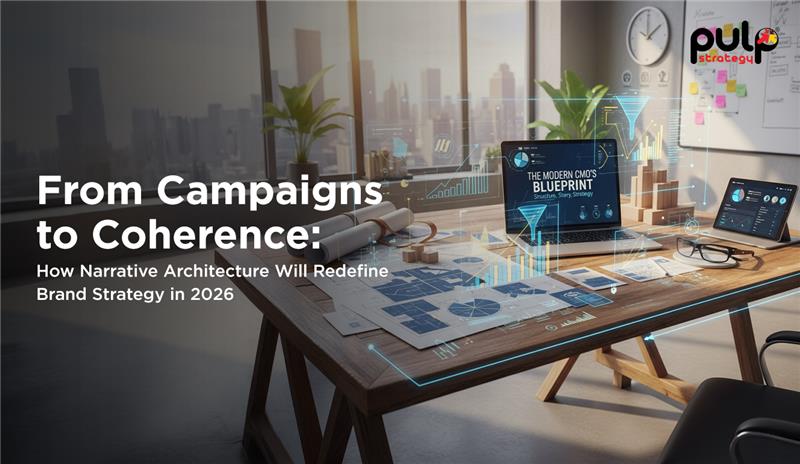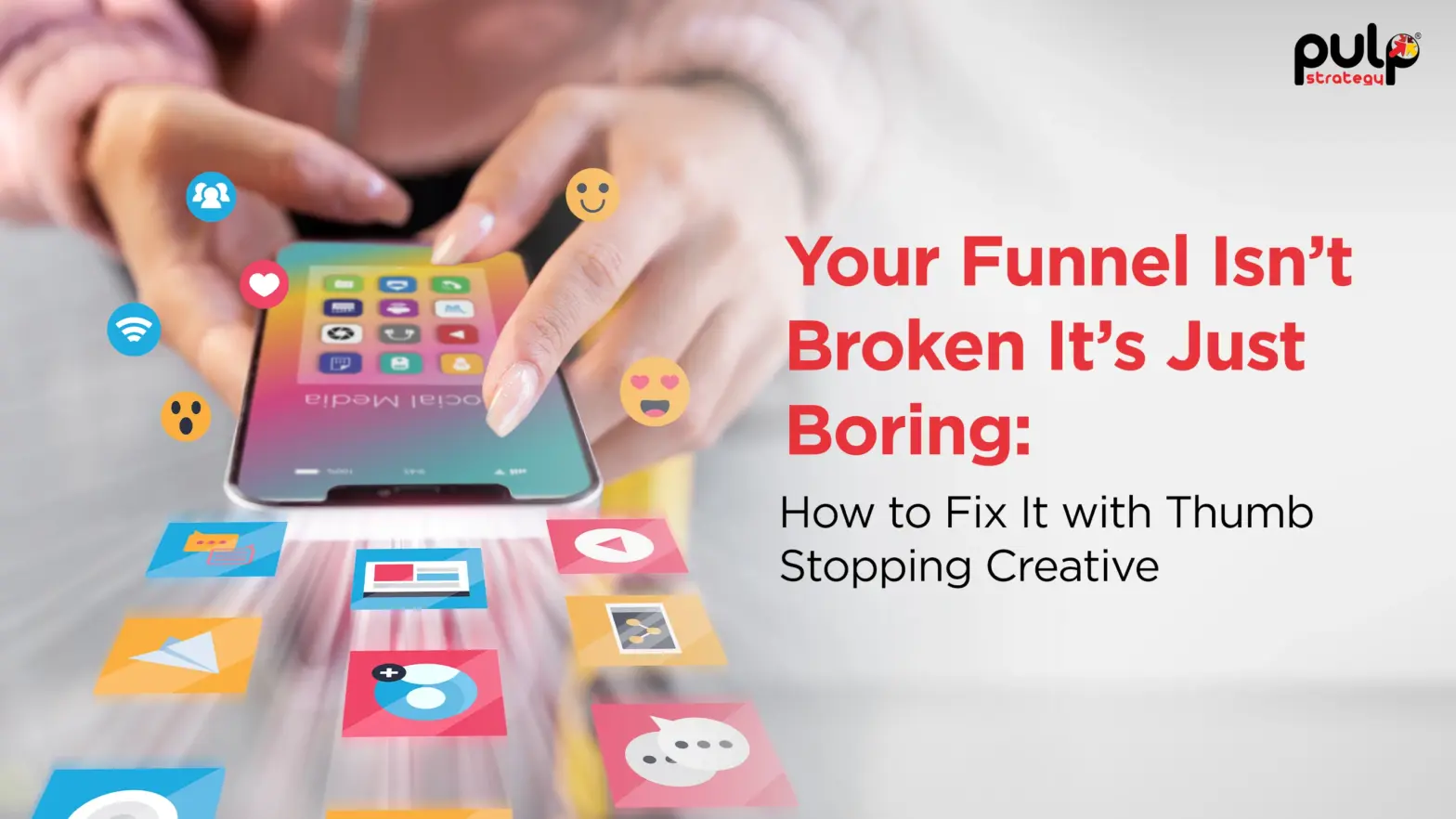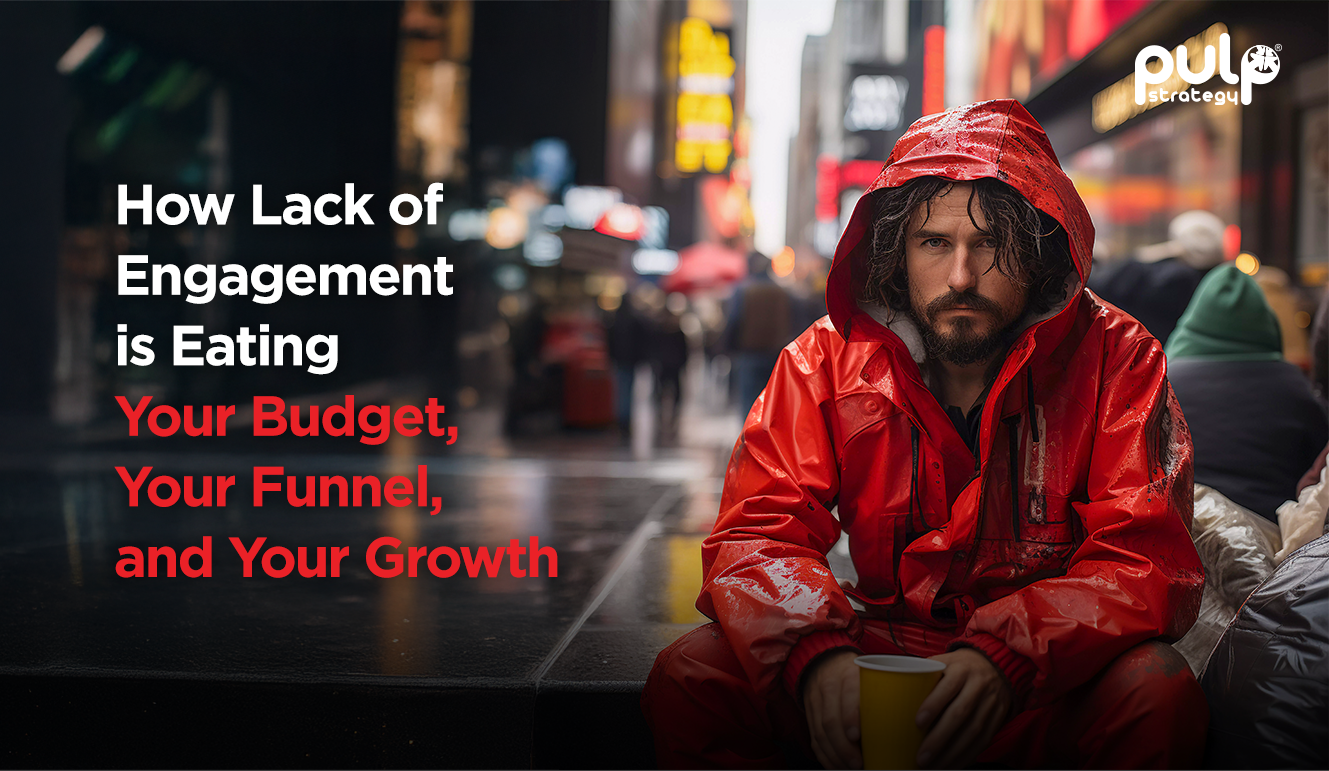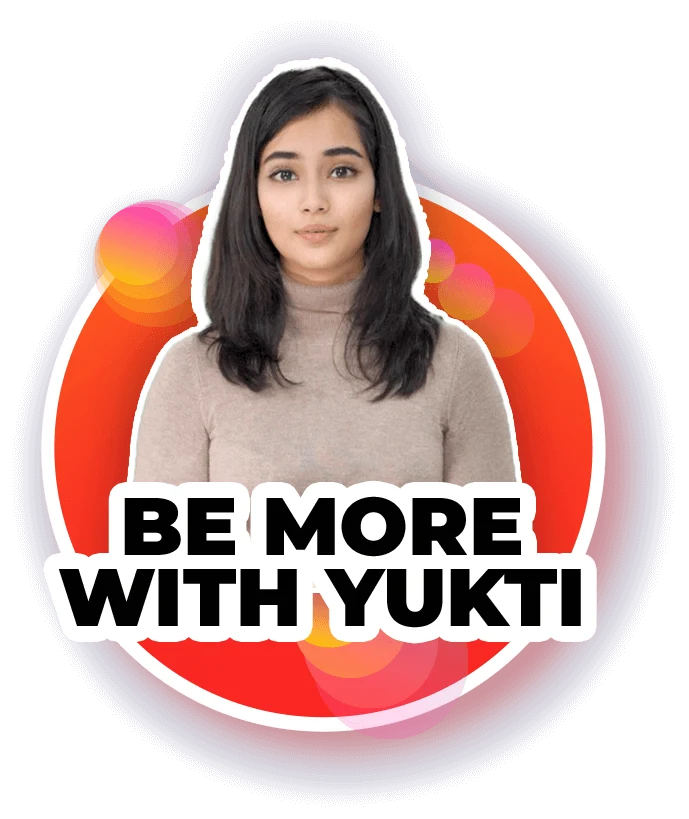A decade ago, brands relied on ad agencies, film studios, and high-budget production houses to craft the perfect TV ad campaign. Today, brands are publishers first, product companies second—your agency partner is not just expected to build the perfect marketing strategy but to churn out video content at the speed of culture while maintaining brand depth, consistency, and measurable ROI.
Consumers demand video-first engagement, from short-form video marketing on Instagram Reels and TikTok to long-form video podcasts that establish industry authority. This shift requires CMOs to rethink how they scale video production, optimize distribution, and measure ROI effectively.
Yet, CMOs face seven critical challenges when it comes to scaling video:
- Rising costs vs. ROI – Justifying video investments
- Short-form vs. long-form balance – Ensuring engagement and depth
- Platform prioritization – Deciding where to invest
- Measuring video impact – Moving beyond vanity metrics
- Scaling regional and vernacular video – Without losing brand consistency
- AI-driven video production – Using automation to scale efficiently
- Overcoming ad fatigue – Capturing attention in a saturated market
Audiences are bombarded with branded content every day. To stand out, brands must create participatory, interactive, and trend-driven video campaigns.
Case in Spotlight: Philips #StyleTurf – A Viral, Social-First Video Activation

Instead of pushing out traditional ad-driven content, Philips created an interactive, user-generated video challenge around Valentine’s Day and self-expression.
- Users engaged by submitting their own videos & selfies, making the campaign organic and community-driven.
- Short-form social videos on Instagram, Twitter, and Facebook fueled viral momentum.
- The campaign’s real-time engagement strategy kept content fresh, exciting, and highly shareable.
Lesson for CMOs: The best video campaigns aren’t ads—they are experiences. Successful brands engage consumers as co-creators rather than passive viewers.
This article breaks down each challenge CMOs face and provides a strategic playbook to make video marketing a measurable, scalable, and cost-effective driver of business growth.
The Cost vs. ROI Dilemma: Is Video Investment Worth It?
Why Video Production Costs Are Rising
As brands shift from single-campaign hero videos to an always-on omnichannel video strategy, the demand for high-frequency, high-quality content has surged. However, scaling video marketing comes with rising production, distribution, and promotion costs.
Key Questions CMOs Are Asking
- How do we track video marketing ROI beyond views and likes?
- Should we prioritize high-production OTT-style content or cost-effective user-generated content (UGC)?
- How can we maximize video repurposing across multiple platforms?
Strategic Shift: Performance-Driven Video Marketing
- AI-driven video analytics integrate performance tracking with CRM and marketing automation tools, ensuring direct attribution to revenue.
- Shoppable video content and interactive video marketing help brands transition from engagement to conversion, making video a commerce-driven asset.
- Adaptive video content strategies allow brands to shoot once and create multiple variations—from long-form explainers to snackable video formats for different platforms.
CMO Takeaway
Rethink video ROI. Focus on measuring impact across conversions, lead generation, and retention—not just awareness metrics.
Short-Form vs. Long-Form: Striking the Right Balance
The Debate on Short-Form Video Marketing
Social media platforms prioritize short-form video formats like YouTube Shorts, Instagram Reels, and TikTok, driving brands to shift toward quick, engaging, and mobile-first storytelling.
However, short-form alone does not build brand affinity—it must be complemented by long-form storytelling, such as video podcasts, brand documentaries, and thought leadership series.
Key Questions CMOs Are Asking
- Is short-form video reducing deep brand engagement?
- How can long-form content remain relevant despite shrinking attention spans?
- Should brands combine short-form, mid-length, and long-form content for better funnel optimization?
Strategic Shift: Adaptive Video Storytelling
- Short-form for awareness, long-form for trust-building: Brands must use short-form for discovery while creating long-form brand storytelling content to sustain engagement.
- AI-powered content repurposing enables brands to generate multiple micro-content variations from a single long-form asset.
- Interactive video formats such as Q&A sessions, AI-generated personalized video content, and episodic storytelling keep audiences engaged.
While short-form video dominates discovery, brands must not abandon long-form content—which builds brand trust, authority, and deep consumer relationships.
Case in Spotlight: Trails of India – Community-Driven Video Content
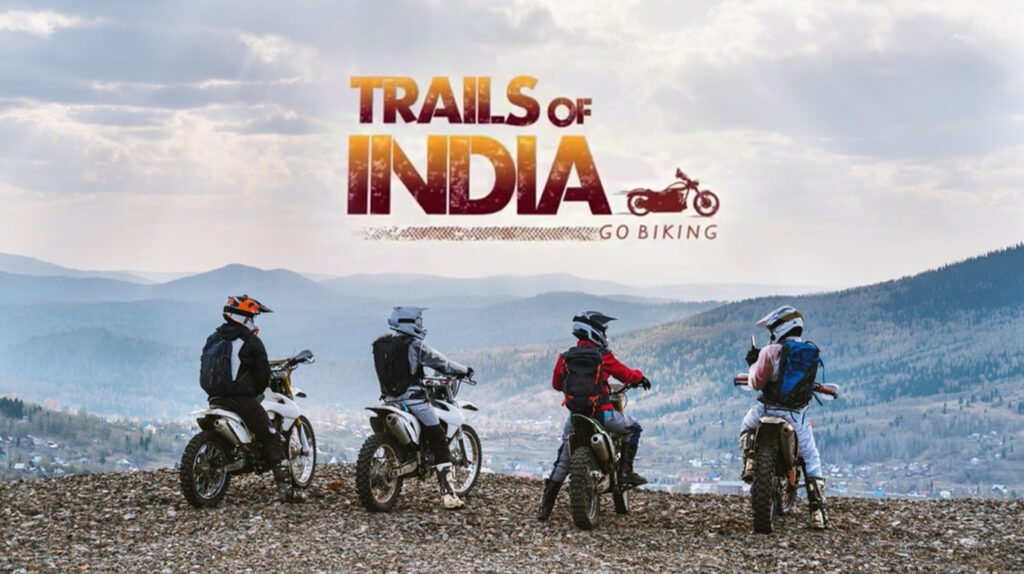
The Trails of India campaign leveraged both short-form and long-form storytelling to create an immersive brand experience for riders, travel enthusiasts, and adventure seekers.
- Short-form snackable videos captured moments of travel, driving mass engagement.
- Long-form content (mini-documentaries & user-generated travel stories) built brand loyalty and deepened community engagement.
Lessons: The most successful video strategies don’t pick one format over another—they blend short-form for reach and long-form for impact.
CMO Takeaway
Invest in a mixed-format strategy based on consumer behavior, platform trends, and content lifecycle.
Platform Explosion: Where Should CMOs Invest?
The Challenge of Platform Fragmentation
With YouTube, Instagram, LinkedIn, WhatsApp Video, ShareChat, Moj, and OTT platforms, CMOs risk scattering their video marketing budgets without clear ROI.
Key Questions CMOs Are Asking
- Should YouTube be the primary video marketing platform, or should brands allocate budgets toward regional and emerging video platforms?
- Which platforms drive brand storytelling versus performance marketing?
- How do we balance organic video content with paid promotion strategies?
Strategic Shift: Data-Driven Channel Optimization
- Prioritize high-impact platforms: YouTube for deep engagement, Instagram for high-frequency snackable video content, LinkedIn for B2B video marketing, and WhatsApp for hyper-personalized engagement.
- AI-powered performance insights track platform-wise video engagement, conversions, and lead generation, ensuring budget efficiency.
- Regional content strategies integrate vernacular video content with targeted digital campaigns.
As video platforms multiply, CMOs must decide where to allocate budgets for maximum engagement and business impact.
Case in Spotlight: Lenovo – CIO Engagement with High-Value Video Content
For B2B brands, one-size-fits-all video marketing doesn’t work. Lenovo built a LinkedIn-first, thought leadership video strategy to engage CIOs and IT decision-makers, using:
- Video webinars & expert panels to provide industry insights.
- Bite-sized educational content repurposed for LinkedIn, driving engagement with a time-strapped executive audience.
Lessons: Not all video platforms drive conversions—data-driven platform prioritization ensures video content reaches decision-makers where they engage most.
CMO Takeaway
Go deep where impact is highest. Optimize for conversions and audience behavior—not just platform trends.
AI and Automation: Scaling Video Production Without Losing Quality
The Role of AI in Video Marketing
Scaling video requires agility, volume, and cost efficiency—traditional production methods cannot keep up with the demands of real-time, omnichannel video marketing.
Key Questions CMOs Are Asking
- How can AI improve video creation, personalization, and localization?
- Can AI-generated video maintain brand tone and storytelling impact?
- Where should brands draw the line between automation and authenticity?
Strategic Shift: AI for Cost-Effective Scaling
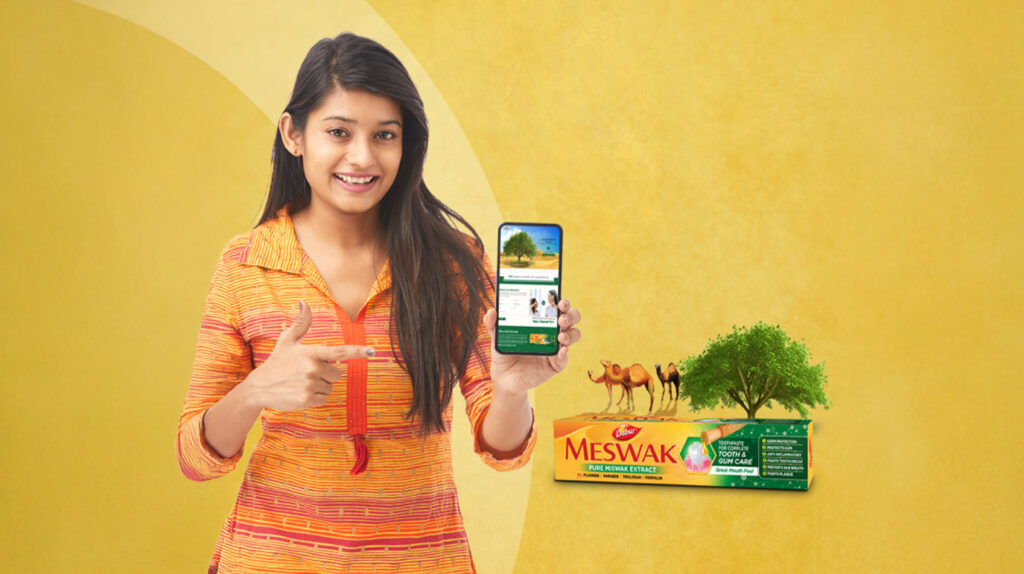
- AI-powered video editing software automates the creation of multi-platform video variations.
- Dynamic video personalization adapts video ads in real time based on user behavior, demographics, and engagement.
- Voice AI and automated translations help brands scale regional and vernacular video content without skyrocketing costs.
- Dabur Meswak leveraged AI-powered nostalgia marketing to create a campaign that resonated emotionally, showing how brands can personalize video at scale.
CMO Takeaway
AI is not replacing creativity—it is amplifying efficiency, speed, and volume in video marketing.
Final Takeaway: Why CMOs Need the Right Video Strategy
Scaling video is not just about producing more content—it’s about making video work harder for business impact.
The Future of Video Marketing for CMOs
- Performance-driven, not just engagement-driven – Video must generate leads, revenue, and measurable impact.
- Platform-specific and adaptive – Content must be tailored to platform strengths and audience behavior.
- Data-powered and AI-optimized – AI must streamline production, personalization, and performance tracking.
The future of marketing belongs to brands that think like publishers and act with the agility of media powerhouses. Scaling video is not just about creating more content—it’s about making every video work harder, drive measurable business impact, and adapt to ever-changing consumer behaviors. AI, automation, and a performance-driven strategy will define the next era of video marketing. The question is—will your brand lead the charge or struggle to keep up?


